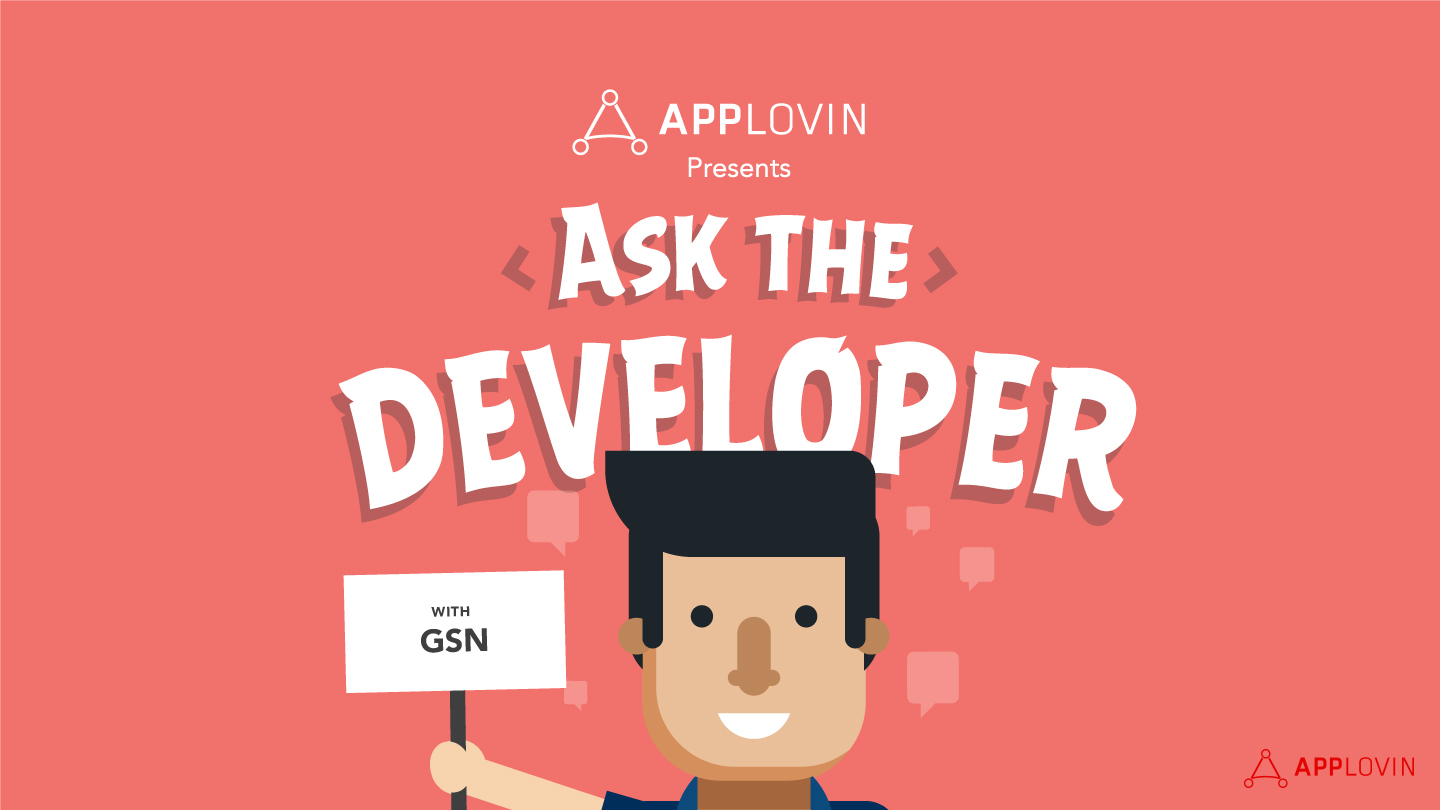Gaming, Monetization
Ask the Developer: GSN Games on increasing revenue by offering ads and in-app purchases
Aug 29, 2019

Gaming, Monetization

For developers who are only focused on in-app purchases (IAP), what would you say to convince them to add ad monetization?
Even though IAP is our primary focus, we know that a small share of total players will spend in-game. When the goal is to maximize the LTV (lifetime value) of each and every player acquired, ads must be part of the strategy.
Free-to-play games have never been free to play any more than Pandora is free to listen to. Some people have the desire and means to spend money on entertainment, but a large majority in the US and around the world would prefer to access entertainment in exchange for an ad-supported model. If you’re not utilizing ads in some fashion, you are leaving money on the table. That money can be reinvested for accelerating growth and gaining market share from competitors. With the available data and segmentation tools on the market, or by building your own, it’s possible to maximize the value of all players with a blended strategy.
”If you’re not utilizing ads in some fashion, you are leaving money on the table.”
Have you seen a situation where ad revenue overtook IAP revenue? What does that indicate?
A comprehensive ad strategy needs to be considered throughout the product lifecycle of an IAP-driven mobile game. As a game matures, overall performance may decline and acquisition costs increase, making ads increasingly more important to the overall revenue contribution. While it’s not been the case with any GSN game that ad revenue became greater than IAP, we have seen ad revenue grown as a share of total revenue, and I believe it’s certainly possible.
How do you test the optimal place to put an ad in your game?
Access to data and people who can effectively analyze the data is highly important. Smaller publishers who lack access to quality data and talent may simply look to their competitors and follow what they do. They may take a philosophical approach or listen to player feedback.
Like many large publishers, we are capable of conducting a series of tests. Because every game is different and each user group or segment can vary, it’s not ideal to make assumptions. While we do review comments and listen to feedback from our player services group, we tend to focus on what players do, not what they say. The data informs each decision. Each new idea goes through an internal review process, with several stakeholders providing input. A hypothesis is formed and if the forecast is compelling, we set up an A/B test. Using our internal business intelligence tools we review the data from the A/B test and choose the winning variant, providing it meets our expectations and we are confident in the results.
“We tend to focus on what players do, not what they say. The data informs each decision.”
We often have a holdback group to make sure the results are sustainable over a period of time. We abandon more than half of the ideas we test due to poor results, or results that do not meet our expectations. You have to be willing to experiment, fail, and learn from those failures.
What types of ad formats perform the best in the social casino space and why?
Rewarded video is always a favorite because it creates the least friction with users and provides them with some value that can lead to higher retention, longer session length, and can even increase IAP. Because the acquisition cost for social casino is so much higher than other genres, it is not typical to use forced-ad formats. However, there are some cases where other ad formats are considered, particularly with mature games with users who have been playing for years and the ARPPU has declined. Right now, my favorite is a carefully timed native ad used as an interstitial. King is doing this in an impressive way in Candy Crush Saga. I would stay away from banners, which cause higher crash rates, and forced-video, which can be quite annoying to players.
What are your thoughts on allowing competitor ads to run in your games?
Allowing competitor ads in any game is always a sensitive issue, but it is particularly sensitive for social casino games and other games where the cost of acquisition is higher than average. In some cases, we block entire categories and in others, we block only specific apps. I believe it’s possible to block no competitors as well.
The decision is made depending on where the game is in its product lifecycle, the median tenure of users, performance metrics such as ARPDAU, and our segmentation capabilities. That said, it’s my personal belief that when done strategically, allowing competitor ads can be incremental revenue and worth the risk of user churn.